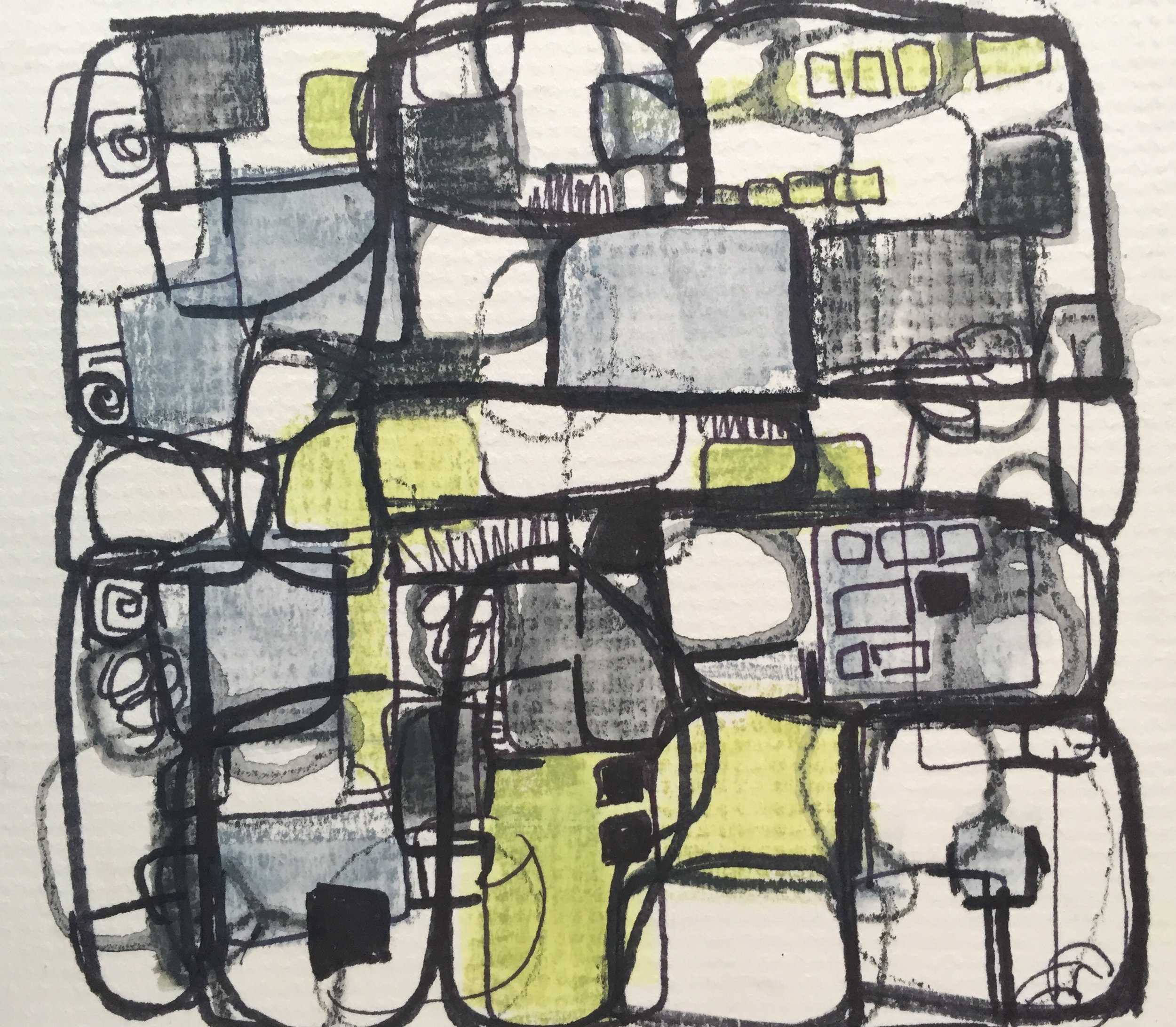Mark Making On Brown Paper Shopping Bags
Mixed Media artists are always looking for new surfaces to paint on for a variety of reasons from stretching their imaginations to cutting down the cost of materials. In a recent art class I invited students to practice mark making with inspiration coming from Shaman masks using ordinary brown shopping bags as their "paper" or surface. Students could use the whole bag or cut up the bag following the seams in the bag. Black and white gesso worked really well on top of the bag as well as soft pastels. Detailed marks were then made with metallic pens, paint pens, markers, oil pastels etc. While the lesson at hand was mark making, brown bags can also be used for surfaces for collage or Acrylic paintings.




















